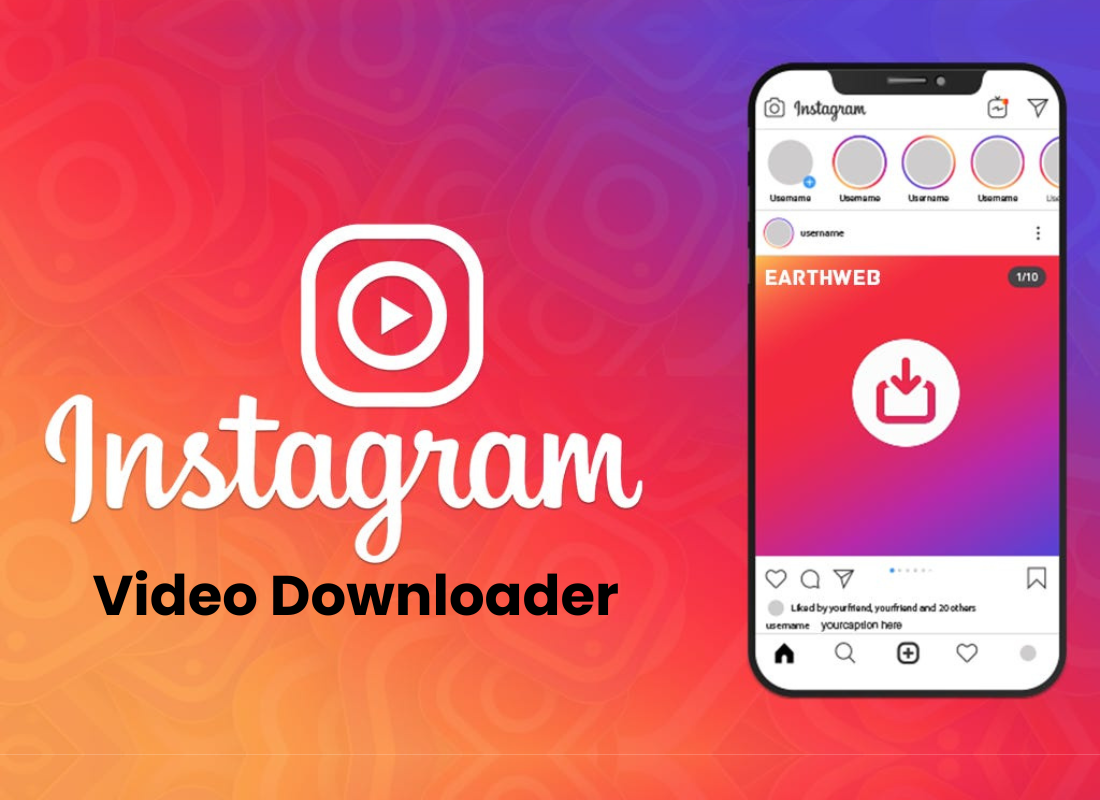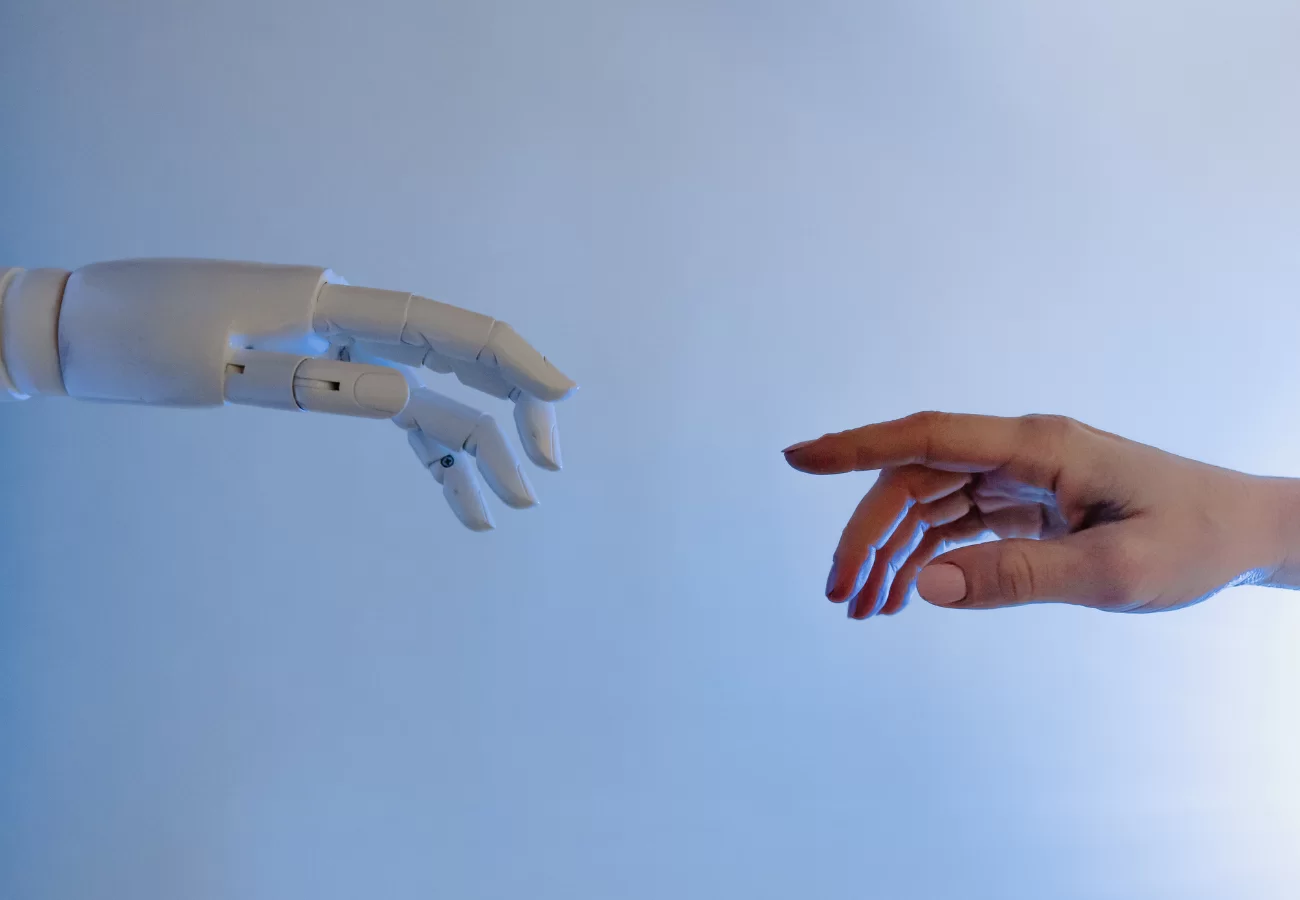Although JPG – is a popular graphics representation format, with new technology, there comes a time when you’ll need to convert an image to HTML in your design. Especially, if you’re an online marketer or publisher with an intention of displaying ads on web pages. As you already know, Hypertext Markup Language (HTML) is the standard markup language.
Especially, for documents designed to be displayed in a web browser. It can be assisted by technologies such as Cascading Style Sheets (CSS) and scripting languages such as JavaScript. Whether you are a novice, hoping to delve into the world of web design, or an experienced webmaster keen to improve your skills, this guide is for you.
But, as we have mentioned above, it’s important if you first start learning HTML & CSS as soon as today. It’s a step-by-step guide that teaches you the basics of HTML and how to build your first website. And that means how to layout an HTML page, or even how to add texts and images. As well as how to add headings and text formatting, and even how to use tables.
Back to our topic of the day, many guides on the internet attempt to teach us how to convert an image to HTML. But, they only do so through a lot of mind-boggling theories. That’s why this tutorial will instead focus on giving you all the practical skills you’ll need to convert an image to HTML.
Why Convert An Image To HTML?
HTML is the language in which most websites are written. And it’s used to create pages and make them functional. The code used to make them visually appealing is known as CSS (we shall focus on this in a later tutorial). But, if curious, you can go ahead and learn to style HTML using CSS in simple steps if you want to get started and refine your skills.
To enumerate, Cascading Style Sheets — or CSS — is the first technology you should start learning after HTML if you’d want to advance your skills. While HTML is used to define the structure and semantics of your content, CSS is used to style it and lay it out. For example, you can use CSS to alter the font, color, size, and spacing of your content.
You can also use CSS to split your content into multiple columns or add animations and other decorative features. JPG – is a popular graphic format characterized by a high image compression rate, which leads to a decrease in image quality. It uses the technology of encoding smooth color renditions.
Thus, providing the ability to frequently reduce the amount of data during the image’s recording. Because of the small size, it is requested by the owners of websites, allowing you to save traffic effectively. It is also frequently used in memory cards of digital video cameras.
The JPG algorithm is optimally suitable for compressing photographs and pictures in which realistic scenes with little contrast of colors are present. It is not recommended to use this format for the compression of drawings and various kinds of graphics. A strong contrast between several near-located pixels provokes the appearance of visible artifacts.
Other examples of why you’ll need to convert images include:
- With the advent of display ads, there is some need to have the image in HTML rather than in JPG. This enables the web publishers to implement the image in form of a code on their site ad spaces for example.
- As you Convert a Website Template in PNG format to HTML Code. Whereby, you may have designed the layout for your website and saved it in PNG format. But now, you’ll need to turn them into HTML web pages. In this case, you will need Dreamweaver and you have to know something about HTML and CSS, even more.
- If you want to Convert a Code Image File to HTML Text. Whereas you may get an image file storing HTML text. And now you need to extract the HTML text from the PNG image with the help of OCR — Optical Character Recognition technology. Then copy and paste these texts to your HTML file.
- As well as when you want to Display Images in HTML File. In this case, you have an HTML file in hand and need to display the image on the webpage. Just like the first case of display ads. Therefore, you’ll need to upload the PNG image to your website server first. And then, add the HTML code to display the image accordingly.
More specifically, an Optical Character Recognition or Optical Character Reader is the electronic or mechanical conversion of images. Whether typed, handwritten, or printed text into machine-encoded text. May it be from a scanned document, a photo of a document, or a scene photo. As well as from subtitle text superimposed on an image.
Related Topic: What is the Infinite Scroll? Is it Better than the ‘Load More’ Buttons?
In short, Optical Character Recognition (OCR) technology is a business solution for automating data extraction. Whether from a printed or even written text from a scanned document or image file. And then converting the text into a machine-readable form to be used for data processing like editing or searching.
Businesses that employ OCR capabilities to convert images and PDFs (typically originating as scanned paper documents) greatly save time and resources. A factor that would otherwise be necessary to manage unsearchable data. Once transferred, OCR-processed textual information can be used by businesses more easily and quickly.
The other benefits of OCR technology to businesses include the elimination of manual data entry. As well as resource savings due to the ability to process more data faster and with fewer resources. Not forgetting, error reductions, reallocation of physical storage space, and improved productivity.
Related Topic: Display Ads | How To Increase Your Website Ads Revenue
But, OCR capabilities — the ability to extract machine-printed text from a digital image, is only one aspect of a data capture solution. Data can be extracted from documents in many different formats — hand-printed text (ICR), checkboxes (OMR), bar codes, etc. Not to mention, robust data capture solutions handle multiple document formats.
And can be used with both electronic and paper documents. This helps eliminate manual paper identification and data entry of document content into other systems. Thus, by employing OCR technology within a data capture solution, businesses can greatly reduce costs and accelerate processes.
As well as automated document routing and content processing. Businesses are also able to centralize and secure data (no fires, break-ins, or documents lost in their bank vaults). While in the long run, improving service by ensuring employees have the most up-to-date — accurate information whenever needed.
How To Convert URL To HTML Embed Code
In general, there are numerous and quick online tools to convert your image to HTML files much easier and quickly — some of them support jpg, png, webp, BMP, and SVG image formats. All you’ll need to do is just drop your image in the tool and click the convert to html button to write the image as html file.
After that, the download button is enabled after the image is converted to an HTML file. It’s important to realize, the procedure for compressing the digital images in JPG format is carried out in several stages. First, the photo is transformed into a color space YCbCr, and then it is divided into squares to determine the upper range of the color spectrum.
Lastly, the colors and brightness are coded. JPEG uses a “lossy” compression system and discrete cosine transform technology. The format acts simultaneously as the standard of ISO and the International Telecommunication Union. The file compression ratio is in the range of 10:1 to 100:1.
In this case, the reduction in image quality can vary from insignificant to substantial. There are other topmost application platform tools that you can use to convert an image to HTML files online.
Including:
It’s, important to realize, that an AI-powered image-to-HTML converter such as fronty generates a source code from a given screenshot or JPEG/PNG. In just a few minutes, their AI technology generates the final HTML CSS code, and the result can be maintained by their no-code editor. There are a few great resources from fronty that you can check out.
Consider the following:
- One: What Is 8 Point Grid System In UX Design
- Two: What is Open AI and What Does It Do?
- Three: What Is A Static Site Generator: Best Examples
In nutshell, Fronty AI ( the AI-powered image-to-HTML CSS converter) will convert your image to HTML CSS code. All you’ll need to do is upload your image and convert the image to code! Clean source code — easy for further usage. Whilst, bearing in mind, unlike other similar/related tools, there is no code required to use Fronty to convert your images.
What’s more, most if not all image-to-HTML converter tools are completely free to use and there are those with a full version too. Meaning, no hidden payments, no signup required, no demo versions, and no other limitations. Allowing you to convert any number of images to an HTML file.
Furthermore, no additional skills are required to convert images to HTML files, using such tools. All you are required to do is just drop your image in the tool of your choice and then click the convert to HTML button to process. And as soon as the process is complete, you can copy your HTML script displayed in the tool.
Are My Images Secure?
Of course, Yes, images are highly secured. Since you are doing the conversion process in a web browser and you do not upload your images to the server or anywhere else. So, images are secured and are not moved anywhere away from your computer. And in addition to that, there are no restrictions to using these tools — you can convert any number of images to HTML script.
No login, no signup, and no other limitations to using these tools. Images conversion usually takes a few seconds. You will convert jpg to html very quickly. All in all, any given image to the HTML converter tool encodes the image to its base64 string and appends it in the img tag as src. And all these processes are carried out using a web browser.
So, the conversion process is simple, fast, and more secure. Once the process is completed HTML script is displayed in the tool to copy.
Takeaway,
At any given time, OCR Solutions is one of the best ways to improve information accessibility for your web users. Now that OCR technology is the automated conversion of an image-based PDF, TIFF, or JPG into a text-based machine-readable file. OCR-processed digital files may include anything from contracts, invoices, financial statements, etc.
And as such, they can be searched from a large repository to find the correct document. Or viewed, with search capability within each document. Additionally, they can be easily edited, when corrections need to be made. Or even repurposed, with extracted text sent to other systems. All of which add value and breadth of data classification and capture solutions.
Other More Related Resource References:
- Image Colorizer | Optimize Black & White Photos Online
- HTML Phone Number | How To Add “Call-Able” CTA Link
- Title Attribute | How To Use Its CSS Elements In HTML Styling
- How A Website Header Is Designed | A Step-By-Step Guideline
- How To Design Ad Graphics | A Step-By-Step Beginners Guide
- Online HTML Editor | The Best Digital Content Design Tools
- Computed Style Calculation To Free JavaScript Execution Time
Finally, if you have not used any of the tools above before, it’s time you try them for free and then give us your feedback. But, if in any way you’ll get stuck, you can always Contact Us at any time and let us know how we can help. Furthermore, our team of Web Tech Experts Taskforce as well as Digital Online Web Professionals will be more than glad to sort you out.
You can also help us share this post with other readers and don’t forget to join the @awebtechexperts Twitter conversations. And also, don’t forget that you too can Donate in order to support our online research work as well as motivate our creative content team for their good. Until the next one, thanks for taking the time to read this blog, you are welcome!
Get Free Updates
Notice: All content on this website including text, graphics, images, and other material is intended for general information only. Thus, this content does not apply to any specific context or condition. It is not a substitute for any licensed professional work. Be that as it may, please feel free to collaborate with us through blog posting or link placement partnership to showcase brand, business, or product.





I was looking for this certain info for a very long time. Thank you and best of luck. Harlie Darnell Porcia
We are so happy to have you on board!
You are my aspiration , I own few blogs and infrequently run out from to brand. Andee Hale Belshin
Thanks so much for your thumbs up!
We are so happy to have you on board!
You are my inspiration , I have few web logs and very sporadically run out from to brand. Roby Jethro Sheepshanks
Thanks so much for your thumbs up!
We are so happy to have you on board!
Simply wanna remark that you have a very decent site, I enjoy the layout it really stands out. Liuka Torrance Berrie
Thanks so much for your thumbs up!
We are so happy to have you on board!
You can also see other more recent blog articles.
I think this is a real great blog. Thanks Again. Awesome. Halie Georgy Kjersti
You are so welcome!